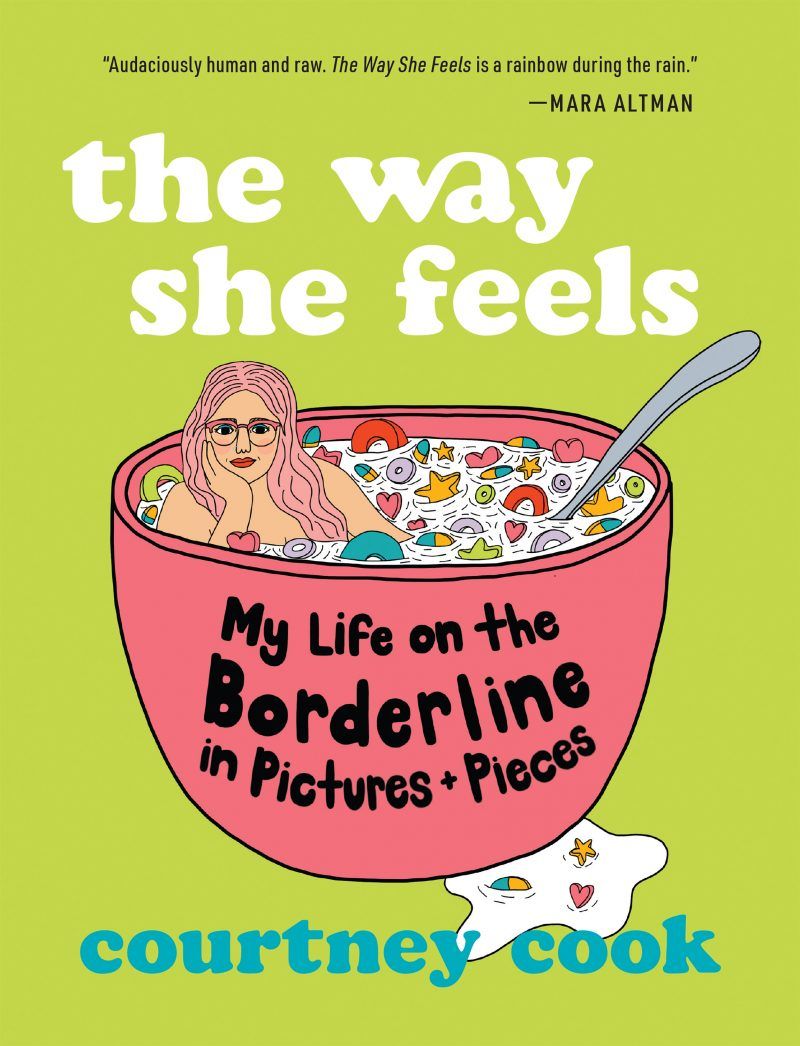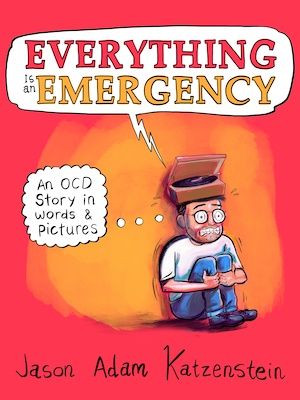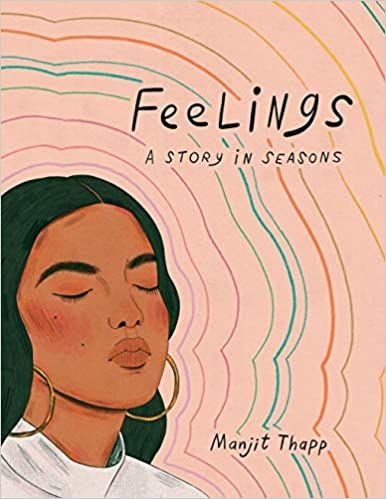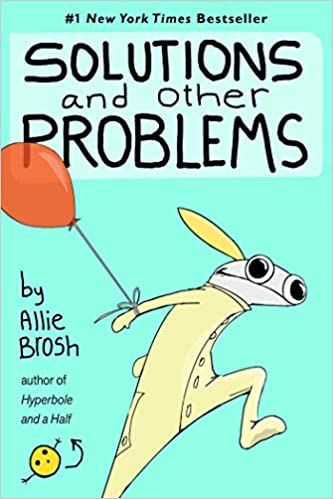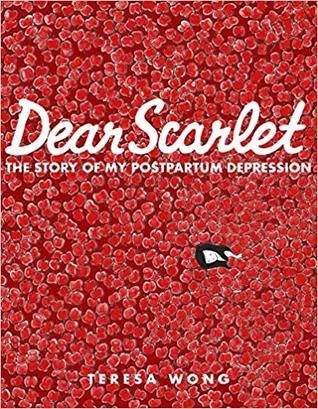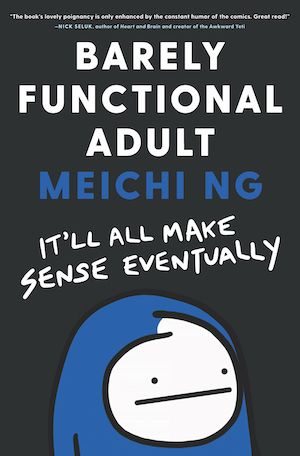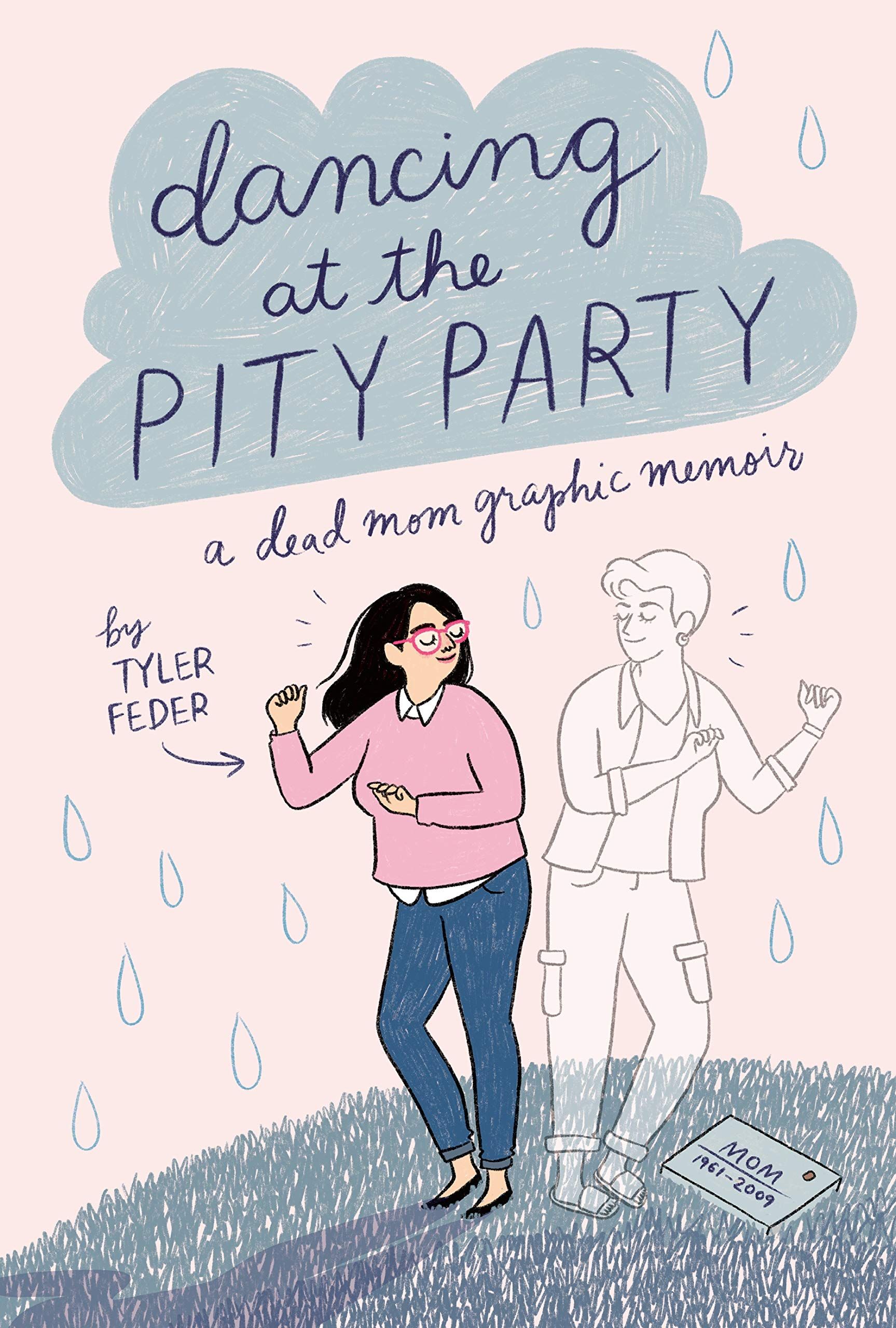Severe Mental Illness Tied to Higher Risk for Heart Attack Death – HealthDay News

FRIDAY, April 16, 2021 (HealthDay News) — People with a severe mental illness (SMI) are more likely to die following a heart attack than those without a psychiatric diagnosis, according to a study published online March 22 in BMC Medicine.
Kelly Fleetwood, from the University of Edinburgh in the United Kingdom, and colleagues investigated the associations between SMI and myocardial infarction (MI) prognosis. The analysis included adults hospitalized for MI in Scotland between 1991 and 2014, with previous history of schizophrenia, bipolar disorder, and major depression ascertained from psychiatric and general hospital admission records.
The researchers identified 235,310 people with MI, including 0.4 percent with schizophrenia, 0.3 percent with bipolar disorder, and 2.7 percent with major depression. There were associations between SMI and higher 30-day, one-year, and five-year mortality, as well as the risk for further MI and stroke. The risk for 30-day mortality was elevated among patients with schizophrenia (odds ratio, 1.95), bipolar disorder (odds ratio, 1.53), and major depression (odds ratio, 1.31), while rates of revascularization were lower in patients with schizophrenia (hazard ratio, 0.57), bipolar disorder (hazard ratio, 0.69), and major depression (hazard ratio, 0.78). Disparities in mortality and revascularization persisted from 1991 to 2014. Women with major depression had a greater reduction in revascularization than men with major depression.
“We need to know how comorbidities and lifestyle factors contribute to these disparities,” a coauthor said in a statement. “We also need detailed investigation of the entire patient journey, from heart attack onset to rehabilitation among people with severe mental illness, to identify any areas of weakness in clinical care.”
